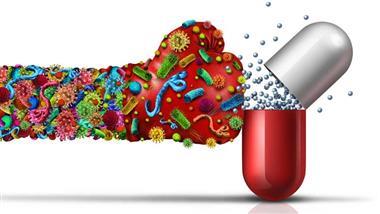Analysis by Tessa Lena

Story at-a-glance
- Health authorities and the World Economic Forum predict that millions of people will be dying from superbugs every year by 2050
- According to the WEF, antimicrobial resistance is a “looming health catastrophe that could be more deadly than COVID-19”
- They are calling for a new “subscription model” as a solution and a “political intervention to reconstruct the market and make the development, production of and marketing antibiotics profitable again”
- While there is no reason to believe the WEF on anything, antimicrobial resistance is on the rise due to overuse of antibiotics in medicine and agriculture, antibiotics into water supply, overuse of antibacterial household products, and weakened immunity due to stress and toxins
- Superbug infections are particularly alarming in hospital settings
Continue reading “Are We Heading Toward a Tsunami of Antimicrobial Resistance?”




